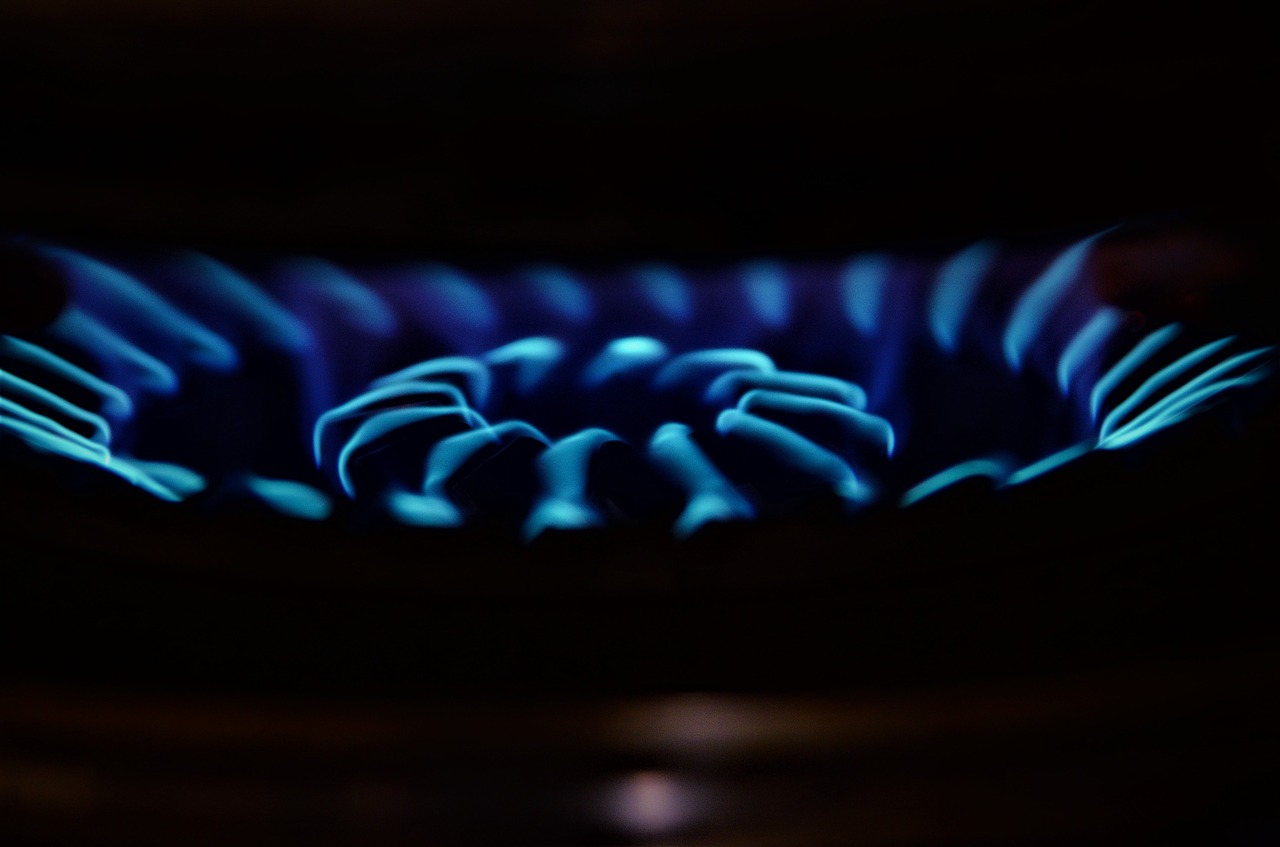The energy crisis is heralding an economic one, which will lower the prices, but before it actually arrives, the growing costs of energy will continue to drive up goods and services prices, threatening Poland with hyperinflation – writes Wojciech Jakóbik, editor-in-chief at BiznesAlert.pl.
Russia continues to fuel the energy crisis
The TTF exchange ended the day with the highest gas price in a futures contract in history. On August 22, right before the exchange closed, it cost EUR 276 per megawatt-hour in September contracts. The price of gas on the Dutch stock exchange TTF reached almost EUR 280 per megawatt-hour in September contracts, gaining 15 percent in one day. All because of speculations about the Russians turning off the gas tap. In the spring of 2022, gas cost below EUR 100 on the TTF, in June about EUR 200, but now it is closing in on EUR 300 per megawatt hour. The risk of Russians stopping gas delivery via Nord Stream 1 after the unexpected technical intermission from 31 August till 2 September is driving up gas prices and coal consumption, which increases the cost of CO2 allowances. These have risen since the beginning of August from EUR 76 to 96 per ton. This increases the price of next year’s contracts for the supply of energy. Contracts in Germany and France have respectively gone up to around EUR 700 and 800 per megawatt-hour in 2023. The Russians are thus fuelling the energy crisis and may be driving up inflation until it is replaced by an economic crisis.
Impact of energy carriers prices on inflation
According to the data provided by the Central Statistical Office to BiznesAlert.pl, the inflation of energy carriers at households in January 2021 reached 0.63 percent in comparison to the average from 2020, while in January 2022 it was already 2.26 percent, whereas in August 2022 it climbed to 4.05 percent in comparison to 2021. The data revealed that the price of fuel used for heating increased the most – by 0.03 percent in January 2021, 0.81 percent in January 2022 and 2.5 percent in August this year. The increasingly more expensive energy carriers reduce the resources available to households. However, this price inflation of energy carriers is lower than the one recorded in the private business sector, which is not protected by a special tariff. The price hikes affecting businesses reach several percent. It is this sector’s problems that will impact the state of the economy, because companies with bills several times higher than a year earlier will begin to reduce or wind down their activities. Businesses will transfer the record prices to customers or – if this is not enough – will stop providing services. Then inflation in the private sector will be felt more and more indirectly by households, which are protected from the direct increase in prices of carriers by various government solutions. An example of price hikes (including energy carriers) that are passed on to customers is the increase in the purchase price of basic agricultural products in July 2022, which reached 51.6 percent compared to July 2021. An example of the second phenomenon, i.e. the reduction of activity caused by the exorbitant prices, can be the construction industry, which according to the Central Statistical Office of Poland data in July 2022 recorded a drop in construction and assembly production by 6.3 percent compared to June 2022.
It needs to get worse, before it gets better
These are harbingers of an economic crisis that may deepen with the onset of the heating season, when demand for energy and its carriers, led by fuel used for heating, is likely to go up and prices will remain high. They could further inflate inflation, which may lead to hyperinflation, contrary to the plans of the National Bank of Poland, which wants to limit price increases by raising bank interest rates. The subsidies for energy carriers used for heating, introduced to protect households, are also driving inflation. There may be more and more of these, so it is reasonable to limit such assistance to the most needy, although this approach may be politically unpopular. Prices may fall only after the demand collapses, which is already being visible in the natural gas market, because according to the Ministry of Climate and Environment, Poles will consume 18 percent less of this fuel this year, probably due to record prices. A similar phenomenon can be seen in the coal market. In this way, only an economic crisis can end the energy crisis, unless additional energy and raw materials can be efficiently provided, despite Russia’s ongoing invasion of Ukraine. This will be a challenge in view of the fact that the heating season starts in less than three months. Inflation in Poland in July reached 15.6 percent and was one tenth of a percent higher than in June, which would indicate that it is beginning to slow down, but the energy crisis will intensify it before the heating season. So, for things to get better, first they need to get worse, at least during this winter, which will be marked by an energy and economic crisis. Much depends on the ability to save energy carriers in Poland, which the poorest will find most difficult. Thus, every megawatt-hour saved is a loss for Vladimir Putin, a relief to our pockets and a hope for the economy to return to a better shape.









